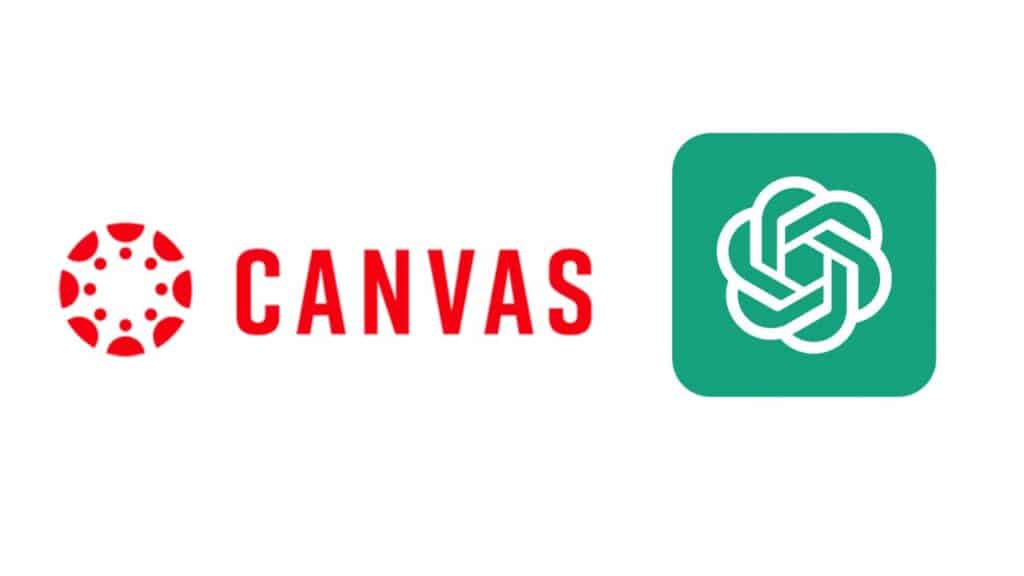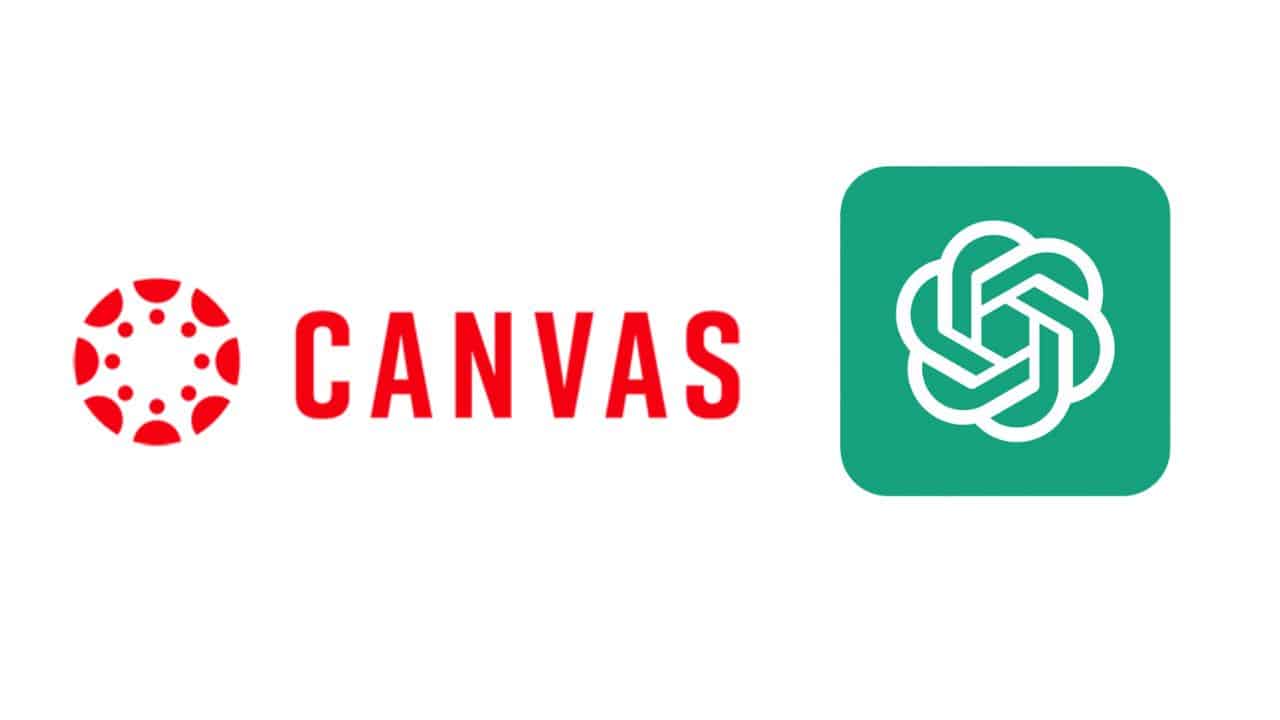Owing to the advancement in technology, universities, and schools have adopted new e-learning platforms like Canvas to teach students. Likewise, the invention of new AI tools like ChatGPT is luring students to submit AI-generated assignments and projects.

AI tools help students to complete the assignment and improve their scores instantly. However, this limits the students’ progress, eventually affecting their careers. So, several schools and universities are implementing strategies to detect AI content or limit AI usage among students.
Canvas is a learning management tool most schools use to prevent AI usage and detect plagiarism. The tool is capable of detecting various illegal activities occurring on its platform. However, since ChatGPT is a new AI tool, many wonder whether Canvas can detect ChatGPT.
In this guide, we will get into the details of how Canvas works and detects ChatGPT.
What is Canvas?
Canvas is a learning management tool that allows teachers to create course outlines, courses, quizzes, and assignments. It also offers an exam section where students can take exams and assess their progress. Using third-party apps, the tool can detect plagiarism, cheating, or copy-pasted content.
Students can give exams on this platform and receive their scores after getting the exam assessed by their instructors. Canvas supports various questions, including multiple choice questions, true/false, fill in the blanks, etc.
To prevent cheating during the exam, Canvas tracks all the user activities, including mouse clicks, switching to new tabs, etc.
In short, Canvas is the go-to option for universities to teach students and conduct online examinations.
Can Canvas Detect ChatGPT?
While Canvas cannot precisely detect whether ChatGPT is being used on a test, it will notice irregularities and potentially flag places where a student could be cheating.
Canvas is designed to detect AI-generated content. So, it can detect assignments and answers generated using ChatGPT. It also offers various features to prevent students from using ChatGPT to answer questions.
For instance, teachers can set up a code of access that permits only verified students to take the test. Teachers can also set up time limits and generate random questions. This prevents students from using ChatGPT or similar platforms to answer questions.
Remember, Canvas cannot directly detect ChatGPT-generated content. But it can detect ChatGPT using third-party tools integrated into its platform.
How Does Canvas Detect Cheating?
Most schools and universities rely on platforms like Canvas to prevent misconduct or cheating during exams or while learning. The platform detects cheating using various methods:
Recording student activities
Canvas records all the activities done by a student while giving an exam. It records the mouse clicks, keystrokes, time spent on each question, etc., and sends it to the instructor. Instructors can review this information to see if the student is cheating.
Pattern recognition
Canvas can check the answers to identify similar patterns or languages. ChatGPT typically produces answers in a similar pattern. By verifying the pattern, instructors can determine if a student has used ChatGPT.
Response Time
Canvas notes the time a student takes to answer a question. If it notices something unusual, it suspects that the student is cheating. For instance, if a student rapidly answers questions, he is likely using an AI tool like ChatGPT because humans take longer to respond to questions than AI tools.
Third-party plagiarism checkers
Canvas allows the integration of third-party tools like Turnitin, etc., into its platform. Instructors can use these free ChatGPT detectors to detect content against plagiarism. They can also use the Open AI GPT-2 Output Detector Demo tool to detect plagiarism. However, this tool cannot be integrated into Canvas. Teachers need to copy-paste content to detect AI or plagiarism.
Proctored exams
One of the best ways to detect cheating via Canvas is by conducting proctored exams. Teachers can ask students to give online exams and monitor their performances live using their webcams. This method is feasible when the exam is important, and students’ scores matter.
Restrict other browsers
Canvas can prevent cheating during online exams by preventing students from accessing other browsers. It will lock other browsers until students submit the exam. After completion of the exam, students can switch to other browsers.
Can Canvas Detect AI Writing?
Canvas cannot directly detect AI writing. But it allows third-party tool integration to its website. So, users can integrate AI detection tools, like Copyleaks, Turnitin, etc., into Canvas for AI content detection. Without such tools, Canvas cannot detect AI content.
Can Canvas Detect Copy and Paste?
Canvas can detect copy-pasted content through the third-party plagiarism detector tools integrated into the platform. However, you can overcome this issue by paraphrasing your content before submitting it on Canvas. Paraphrasing will prevent the content from plagiarism detectors and get it approved by the instructors.
Besides, Canvas can detect copy-pasted content when the exam is proctored. Avoid copy-pasting your answers if you think the Canvas exam is being proctored. In most cases, the copy-paste option will be disabled if the exam is being proctored.
Can Canvas Detect Quillbot?
Quillbot is a paraphrasing and text-rewriting tool. This tool can rephrase your content to prevent it from AI or plagiarism detection tools. Canvas is rarely likely to detect Quillbot since the content it generates is plagiarism-free and sounds human-generated.
What Can Canvas Detect?
Canvas is a reliable learning management platform. Instructors can use it to detect plagiarism or AI content during online assessments. The platform logs students’ activities during an online examination to prevent misconduct. Instructors can review the student activity logs to ensure the student has not cheated while appearing for the exam.
